Patek Philippe, a renowned Swiss watchmaker, boasts a history that stretches back to 1839. It all began when two Polish immigrants, Antoine Norbert de Patek and François Czapek, set up a watchmaking business in Geneva. A turning point came in 1845 when Adrien Philippe, a talented watchmaker, joined the company, leading to the formation of Patek Philippe & Co.
Patek Philippe’s journey commenced in Geneva, Switzerland. Antoine Norbert de Patek, a Polish nobleman, and François Czapek, a watchmaker, joined forces to create Patek, Czapek & Cie in 1839. However, the collaboration was relatively short-lived, and in 1844, François Czapek left the company. This departure marked the beginning of a new era for Patek Philippe.
In 1845, a significant development occurred when Adrien Philippe, a French watchmaker with a penchant for innovation, joined the company. His partnership with Antoine Norbert de Patek laid the foundation for the brand as we know it today. The company was renamed Patek Philippe & Co.
Adrien Philippe brought with him a groundbreaking invention: the keyless winding and setting mechanism. This innovation eliminated the need for a winding key, allowing users to wind and set their watches using just the crown, a feature we now take for granted in modern watches.
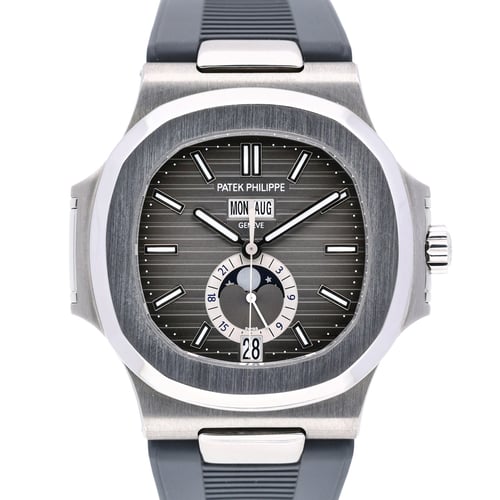
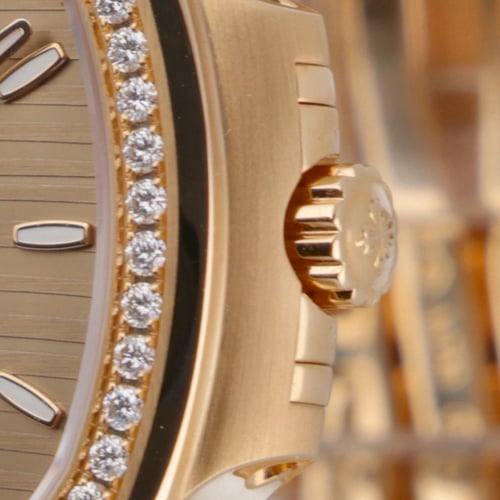
Patek Philippe’s as a watch manufacturer and commitment to quality and precision soon attracted a distinguished clientele, including European royalty and nobility. The brand’s pocket watches became highly sought-after for their accuracy and meticulous craftsmanship. These early successes established Patek Philippe as a prominent figure in the world of horology.
In 1932, Patek Philippe introduced the Calatrava, a watch that would go on to become an enduring symbol of timeless elegance. The Calatrava’s simple, understated design embodied the principles of form following function, a philosophy that has remained integral to Patek Philippe’s watchmaking.
Patek Philippe’s commitment to innovation didn’t stop with the keyless winding mechanism. Over the years, the brand introduced a range of pioneering features and complications, including the perpetual calendar and the split-seconds chronograph. These technical achievements solidified Patek Philippe’s reputation as a leader in horological innovation.]
Throughout its history, Patek Philippe has remained a family-owned company. The Stern family, who took control of the brand in 1932, continues to oversee its operations today. This familial connection has helped maintain the brand’s tradition of craftsmanship, ensuring that each Patek Philippe timepiece is created with meticulous care and attention to detail.
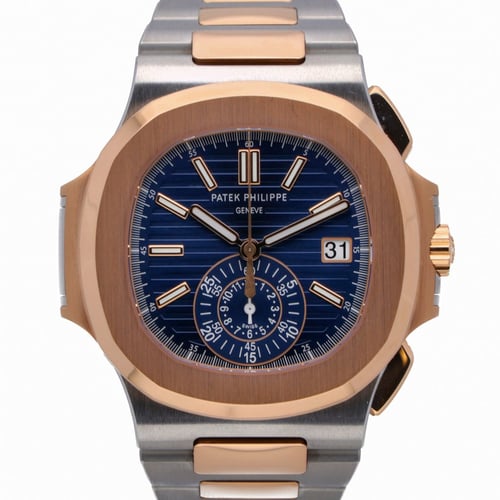
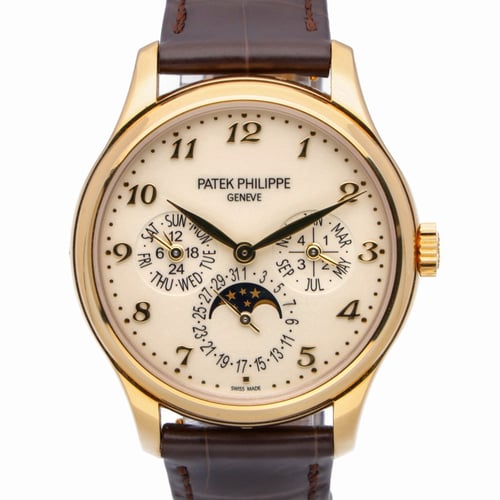
In the 1970s, Patek Philippe ventured into the realm of luxury sports watches with the introduction of the Patek Philippe Nautilus, designed by the legendary Gerald Genta. Introduced in the 1970s, it marked a departure from Patek Philippe’s traditional style, embracing a more sporty and robust aesthetic. With its iconic porthole-inspired case and integrated bracelet, the Nautilus combines elegance with durability. It has become a symbol of understated luxury, appreciated by watch enthusiasts for its versatility and timeless appeal.
Following in the footsteps of the Nautilus collection, the Aquanaut made its debut in 1997, a sporty yet refined luxury watch designed for those with an adventurous spirit. It offers a more casual and versatile option within Patek Philippe’s collection. The Aquanaut features a comfortable rubber strap and a rugged case design, making it suitable for various activities, including water sports. It’s known for its understated yet stylish appearance, appealing to individuals who appreciate a sporty timepiece with a touch of elegance.
Investing in Patek Philippe watches has historically shown strong potential for appreciation in value over time. These watches are known for their enduring craftsmanship, precision, and timeless design. Limited production and a reputation for excellence have made them sought-after by collectors. While investing in luxury watches carries risks like any other investment, Patek Philippe’s track record suggests that owning their timepieces can be a wise choice for those looking to potentially see their investment grow. However, it’s essential to research thoroughly, understand the market, and consider factors like condition, rarity, and provenance when making investment decisions.
Click here to read our article on the most expensive Patek Philippe watches.
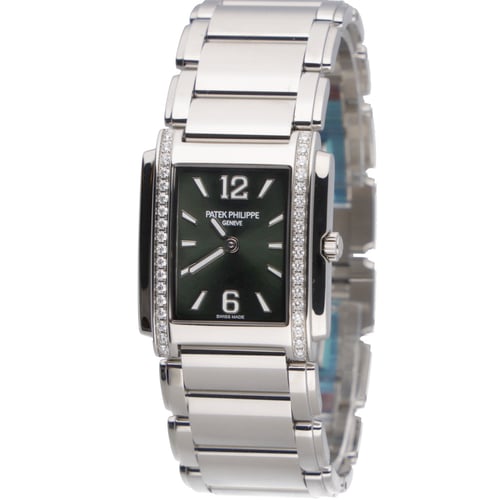
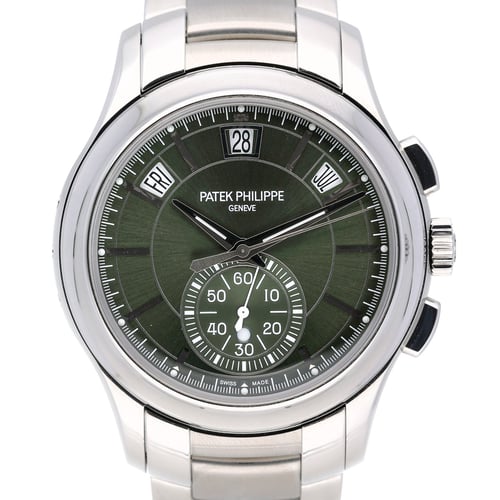
Patek Philippe’s legacy is not confined to the past; it continues to shape the present and future of watchmaking. The brand’s commitment to craftsmanship, precision, and timeless design endures, making each Patek Philippe watch a testament to horological excellence.
Patek Philippe’s enduring appeal lies in its unwavering dedication to the art of watchmaking. Every Patek Philippe timepiece represents a fusion of tradition and innovation, a bridge between the past and the future. It’s a legacy that transcends generations, a heritage that speaks to the heart of watch enthusiasts around the world.
If you’re in the market for one of these magical timepieces, you’re now equipped with the information you need to make an informed decision.
We have all the best luxury brands, and we can always help you source something if you have something specific in mind. Please don’t hesitate to contact one of our knowledgeable staff who will be delighted to help source your ideal timepiece.